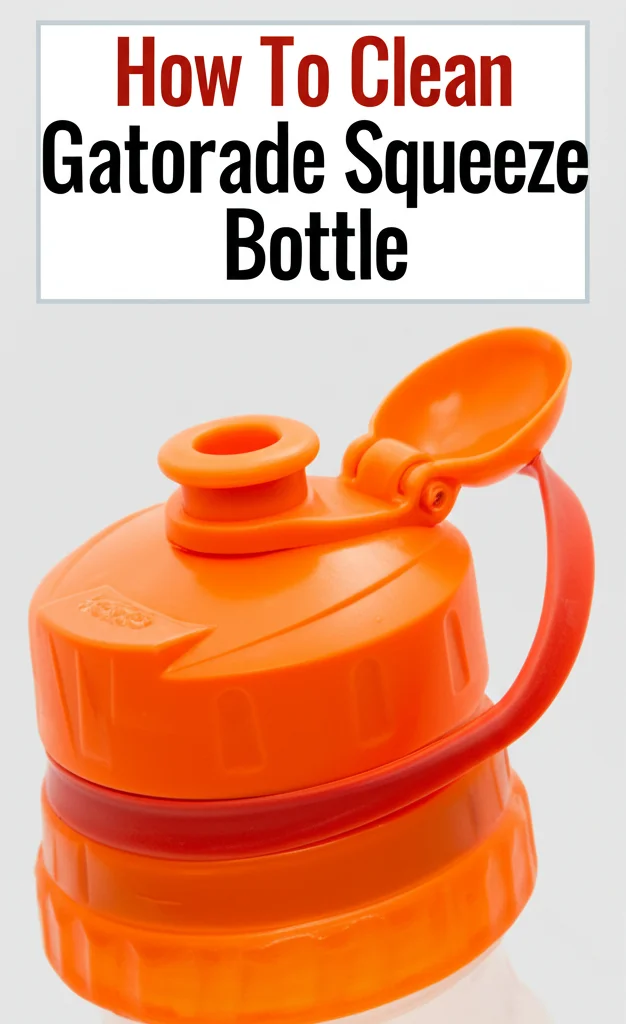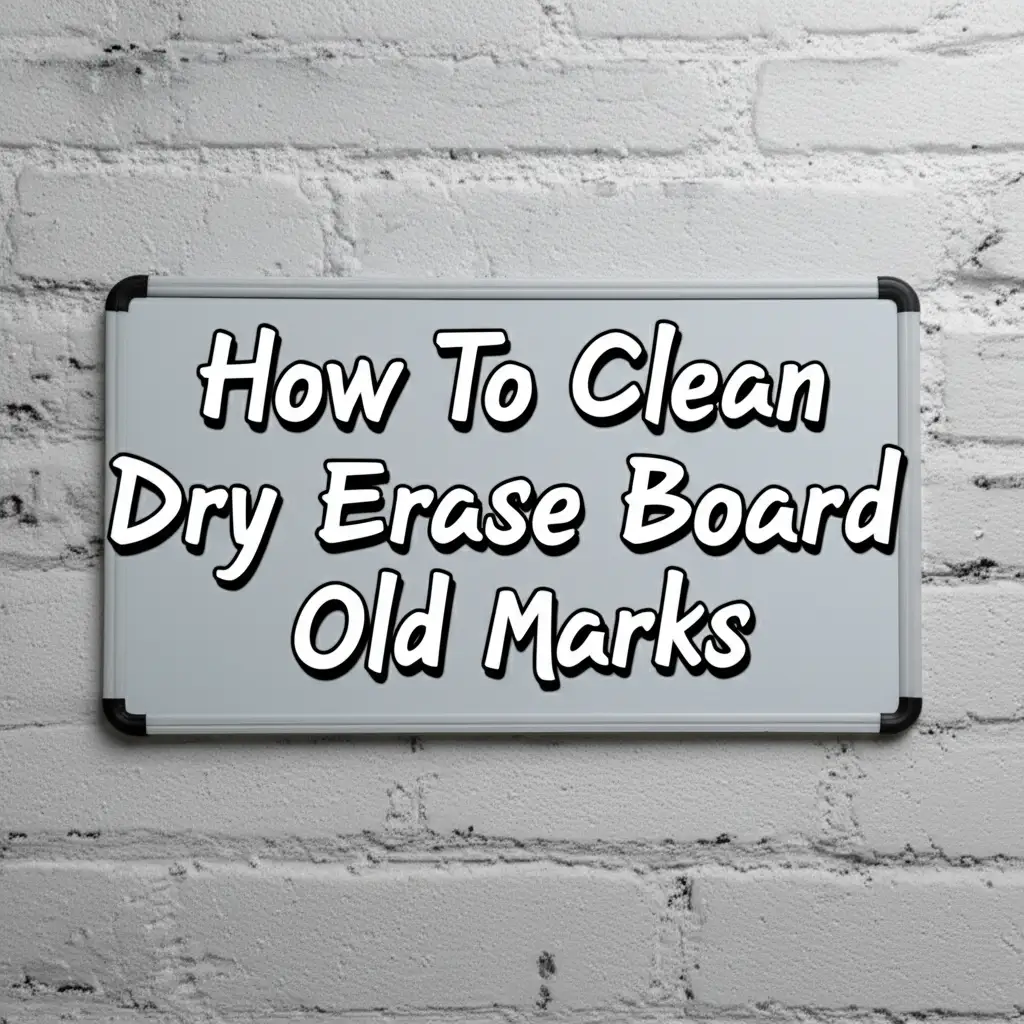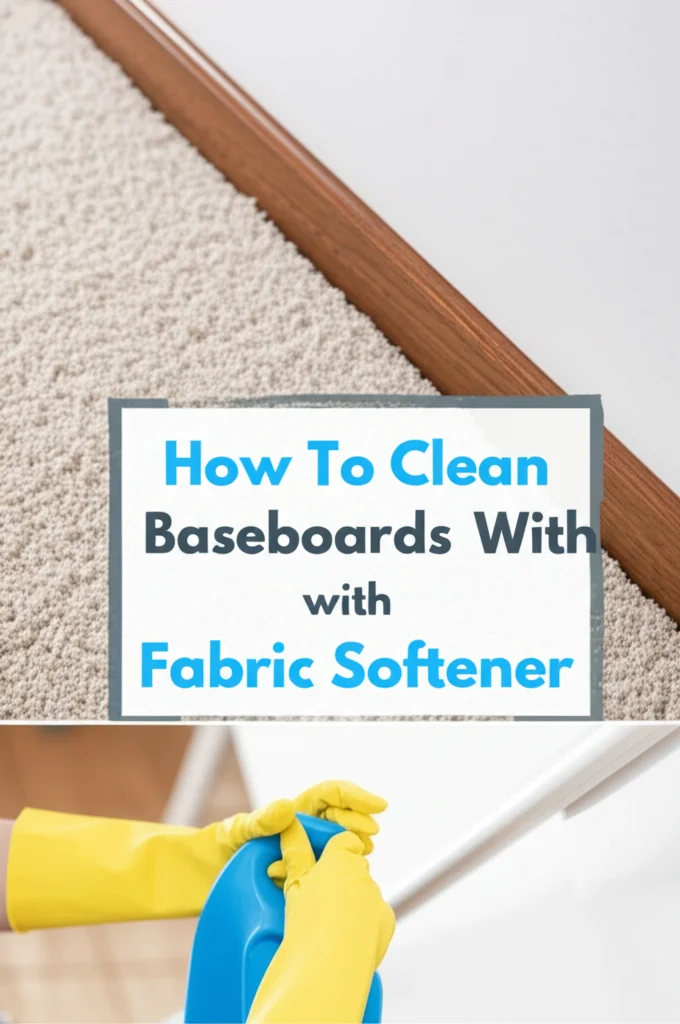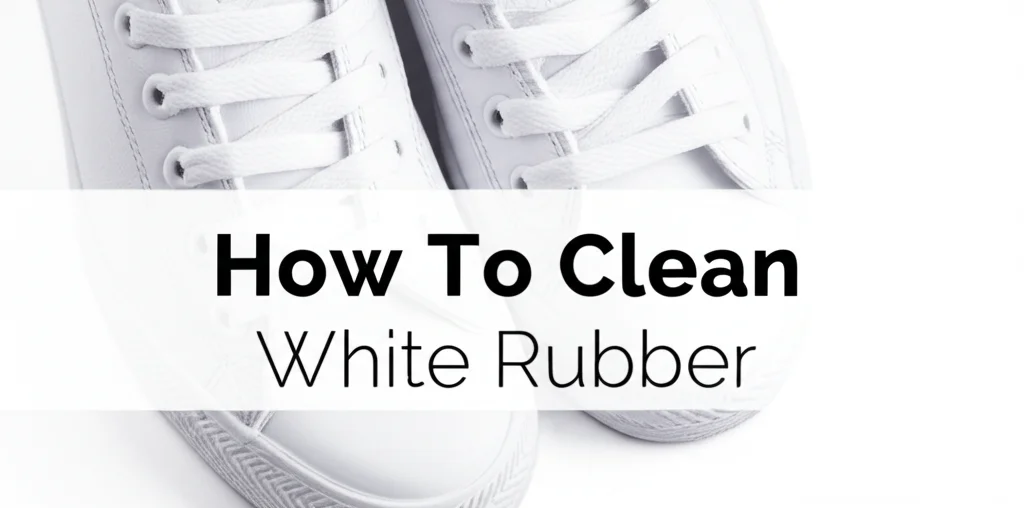· Cleaning Tips · 6 min read
How To Clean Gatorade Squeeze Bottle Cap

Keeping Your Hydration Fresh: How To Clean a Gatorade Squeeze Bottle Cap
Ever wonder about the gunk building up on your Gatorade bottle cap? It’s easy to overlook, but that cap is a breeding ground for bacteria and residue from your sports drink. Cleaning it regularly isn’t just about aesthetics; it’s about maintaining a healthy hydration routine. This article will guide you through several effective methods to clean your Gatorade squeeze bottle cap, ensuring a fresh and safe drinking experience. We’ll cover everything from simple soap and water to deeper cleaning techniques for stubborn buildup.
Takeaway:
- Regular cleaning prevents bacteria growth.
- Dish soap and warm water are often sufficient.
- Soaking in vinegar or baking soda can tackle tough residue.
- A small brush helps reach tight spaces.
Quick Answer:
To clean a Gatorade squeeze bottle cap, disassemble it if possible. Wash all parts with warm, soapy water, using a small brush to scrub away residue. Rinse thoroughly and allow to air dry completely before reassembling. For stubborn buildup, soak in a vinegar and water solution.
Why Cleaning Your Gatorade Cap Matters
You diligently wash your Gatorade bottle, but what about the cap? The cap often gets neglected, yet it’s constantly exposed to sugary residue and saliva. This creates a perfect environment for bacteria and mold to thrive. Over time, this buildup can lead to unpleasant odors and potentially harmful contamination. Cleaning your Gatorade cap regularly is a simple step that significantly improves the hygiene of your hydration routine. It’s a small effort with a big impact on your health.
Disassembling the Cap for a Thorough Clean
Many Gatorade squeeze bottle caps can be disassembled into several parts: the cap itself, the nozzle, the valve, and any rubber seals. Disassembling the cap allows for a much more thorough cleaning, as you can access all the nooks and crannies where residue tends to accumulate. Before you begin, check your specific cap model to understand how it comes apart. Gently pull or twist the components to separate them. If you encounter resistance, don’t force it – you don’t want to break anything!
The Simple Soap and Water Method
For routine cleaning, warm, soapy water is often all you need. Fill a small bowl or sink with warm water and add a squirt of dish soap. Submerge the disassembled cap parts and let them soak for a few minutes. Use a small brush – an old toothbrush works perfectly – to scrub away any visible residue. Pay close attention to the nozzle and valve, as these areas are prone to buildup. Rinse all parts thoroughly under running water, ensuring all soap residue is removed. Finally, allow the cap to air dry completely before reassembling.
Tackling Stubborn Residue with Vinegar
Sometimes, soap and water aren’t enough to remove stubborn residue. Vinegar is a natural cleaning agent that can effectively dissolve buildup without harsh chemicals. Mix equal parts white vinegar and warm water in a bowl. Submerge the disassembled cap parts in the solution and let them soak for at least 30 minutes, or even overnight for particularly stubborn residue. After soaking, scrub with a small brush and rinse thoroughly with water. The vinegar smell will dissipate as the cap dries. You can also find more information on cleaning with vinegar at https://beacleaner.com/how-to-clean-hardwood-floors-with-vinegar/.
Baking Soda: A Gentle Abrasive for Tough Spots
Baking soda is another excellent natural cleaning agent, acting as a gentle abrasive to help remove stubborn residue. Create a paste by mixing baking soda with a small amount of water. Apply the paste to the affected areas of the cap and let it sit for 10-15 minutes. Use a small brush to scrub the paste into the residue, then rinse thoroughly with water. Baking soda is particularly effective for removing discoloration and odors. If you’re dealing with residue elsewhere, you might find this article helpful: https://beacleaner.com/how-to-remove-baking-soda-residue-from-carpet/.
Using Specialized Bottle Cleaning Brushes
For those who want a dedicated tool, specialized bottle cleaning brushes are available. These brushes are designed with long, slender handles and small bristles that can reach into tight spaces, making it easy to clean bottle caps and nozzles. Look for brushes specifically designed for sports bottles or baby bottles, as these will have the appropriate size and shape. These brushes can significantly simplify the cleaning process and ensure a more thorough clean.
Preventing Future Buildup: Best Practices
Cleaning your Gatorade cap regularly is essential, but preventing buildup in the first place is even better. After each use, rinse the cap thoroughly with water to remove any remaining residue. Avoid leaving the cap assembled for extended periods, as this can trap moisture and promote bacterial growth. Allow all parts to air dry completely before reassembling. Consider using a dedicated bottle brush to clean the cap after each use. Maintaining these simple habits will keep your cap clean and hygienic, reducing the need for deep cleaning.
FAQ: Your Gatorade Cap Cleaning Questions Answered
Q: How often should I clean my Gatorade cap?
A: Ideally, you should clean your Gatorade cap after each use. At a minimum, aim to clean it thoroughly at least once a week, especially if you use it frequently. Regular cleaning prevents buildup and ensures a hygienic drinking experience.
Q: Can I put my Gatorade cap in the dishwasher?
A: Some Gatorade caps are dishwasher safe, but it’s best to check the manufacturer’s instructions. If it is safe, place the disassembled parts on the top rack of the dishwasher. However, hand washing is generally recommended to avoid potential damage.
Q: What if my cap still smells after cleaning?
A: If your cap still smells after cleaning, soak it in a solution of baking soda and water overnight. Baking soda is excellent at neutralizing odors. You can also try a vinegar and water soak.
Q: Is it safe to reuse a Gatorade bottle and cap indefinitely?
A: While Gatorade bottles and caps are designed to be reusable, they will eventually wear down. Inspect the cap regularly for cracks or damage. Replace the cap if it shows signs of wear or if you can’t effectively clean it.
Q: Can I use bleach to clean my Gatorade cap?
A: While bleach is a powerful disinfectant, it’s not recommended for cleaning Gatorade caps. Bleach can leave behind harmful residue and may damage the plastic. Stick to natural cleaning agents like vinegar and baking soda.
Conclusion: A Clean Cap for a Healthy Hydration Routine
Maintaining a clean Gatorade squeeze bottle cap is a simple yet crucial step in ensuring a healthy hydration routine. By following the methods outlined in this article – from simple soap and water to deeper cleaning with vinegar and baking soda – you can effectively remove buildup and prevent bacterial growth. Remember to disassemble the cap for a thorough clean, and practice preventative measures like rinsing after each use. A clean cap means a fresh, safe drink every time. Don’t forget to also consider the cleanliness of your floors – you can find helpful tips on cleaning various floor types here: https://beacleaner.com/how-to-clean-vinyl-plank-flooring/.
- Gatorade bottle
- sports bottle cleaning
- bottle cap cleaning
- hydration
- cleaning hacks




